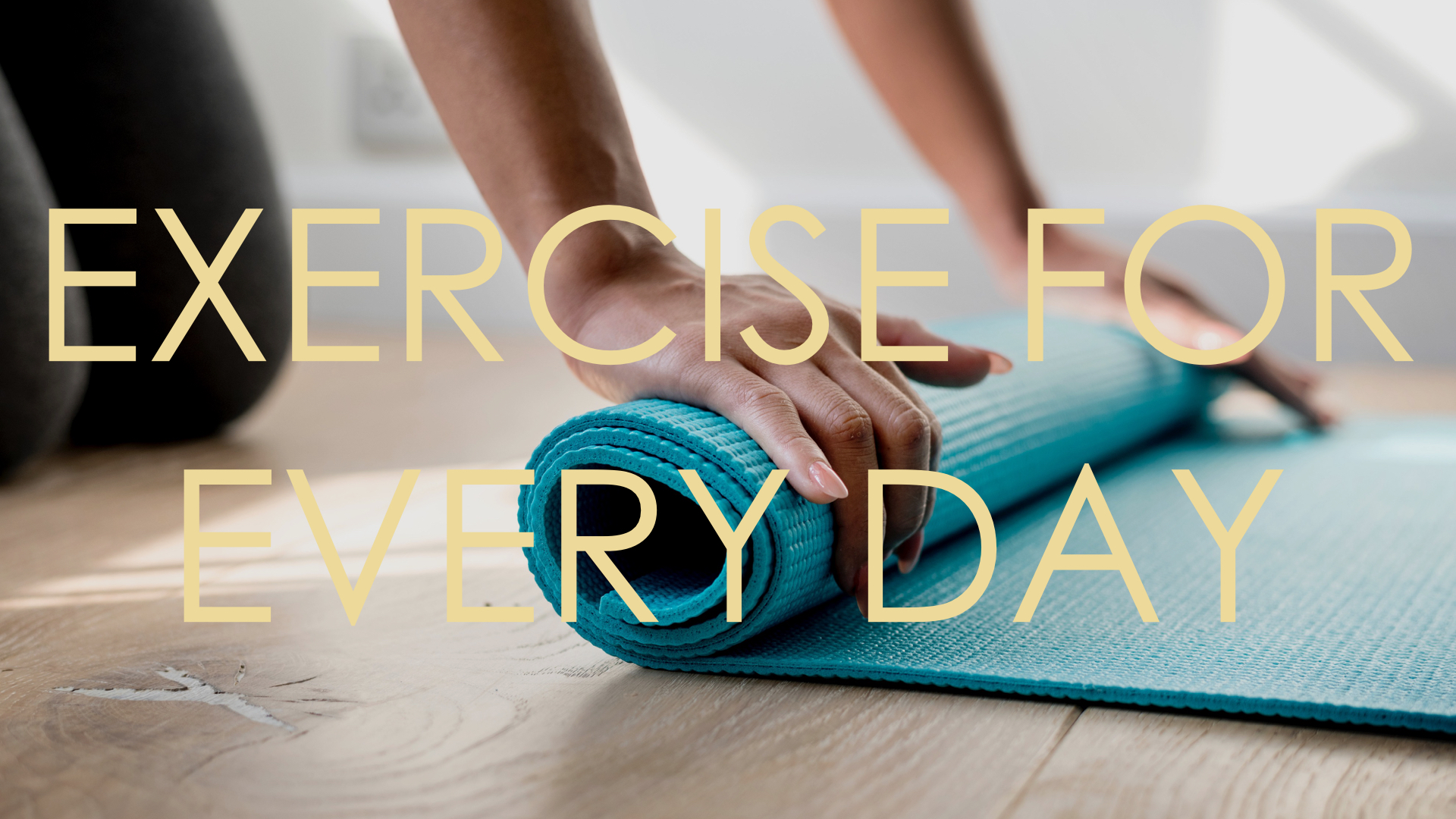
21 Jan Exercise For Everyday

PiNK 2019 WINTER p.2-p.3
Rachel Rawson offers some simple tips for making physical activity an enjoyable part of everyday life.
When we think of exercise, we often picture a busy gym, complicated machinery and people clad head to foot in lycra. For most of us, though, these things aren’t necessary.
While thinking about exercise is a great start, getting out there and doing it can be the hard part. Even when it feels impossible, however, with a little creative thinking we can all weave exercise into our day.

Why exercise?
Exercise has many benefits after a breast cancer diagnosis. It can help you avoid or reduce some side effects of cancer treatment, such as fatigue and joint pain. It can improve your long-term health and may reduce the risk of cancer coming back.
Exercise can also improve your mental wellbeing by reducing anxiety, stress and depression, and boosting your overall mood. Importantly, it can prevent or reduce the loss of muscle tone and aerobic fitness that can happen during treatment.
Look the part
When it comes to kit, finding comfortable shoes is key for most exercise, especially walking. A pair of well-fitting trainers will act as shock absorbers, helping to reduce the impact on your knees.
If treatment has caused nerve or nail damage to your feet, you will also need comfortable socks and space for your toes to move freely. When you’re buying trainers it’s not unusual to choose a size bigger than your normal shoe size.
Whatever type of exercise you do, having comfortable, supportive clothing can make all the difference. Many places now stock affordable exercise wear, from supermarkets to high-street stores. George at Asda has a really stylish range of sportswear, which includes sports bras – a useful purchase for anyone taking up brisk walking or running. They also stock comfortable jogging bottoms, active-wear leggings and shower-proof jackets.

Make a start
Everyone will be at a different starting point when it comes to exercise after treatment. Some people will be picking up where they left off before they were diagnosed, while others will be taking up exercise for the first time.
Whether it’s dancing, cycling, swimming or yoga, there are many ways to include physical activity in your daily routine. But walking is probably the most accessible activity you can do, and the easiest to keep up.
If you enjoy walking, try to increase the amount of time you walk for and the number of times you walk each day. You could also try increasing your pace as your energy returns.
Try the following simple tips to help you get moving more each day:
- Leave the car behind for short journeys, such as to the shops, and walk instead
- Walk part of your journey to work
- Use the stairs instead of the lift
- Walk the kids to school
- Go for a regular walk with a friend
- Sit less and stand more, for example when talking on the phone
Building up
If you’re new to exercise, make sure you build up your activity levels gradually. And remember: any amount of activity is better than none.
While it’s recommended that adults do at least 150 minutes (or two-anda- half hours) of moderate-intensity activity a week, this can feel really daunting for most people. You might only start off with a regular 10-minute walk several times a week and work towards doing some moderate intensity activity.
Moderate-intensity means you can feel your heart beat faster, you feel warmer and breathe slightly harder.But you should still be able to hold a conversation.If you have another medical condition that means you can’t do much physical activity, try to be as active as your condition allows. Even a small increase in exercise has health benefits.
If you’ve had breast reconstruction, check with your specialist team when you can start exercising and what type of activity would be appropriate for you.

Keep motivated
Some people stay motivated by having a goal. This could be something that you work towards on your own or with your family or friends.
Setting realistic goals and keeping a record of how much activity you do can help you stay motivated.
A mobile phone app can help you monitor how many steps you’re taking every day, which can be really encouraging.
As you build up your stamina, you’ll be able to increase how long and how fast you walk each day.










